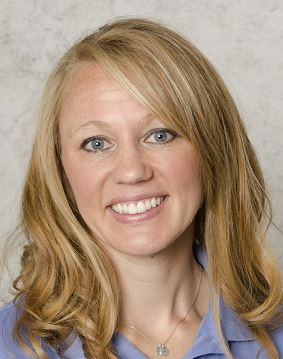
Hi, I’m Dr. Robin Beatty and I’ll be taking over this column from Dr. Ross Royster, who is retiring after more than three decades of service to this community.
Our discs are feeling the pressure this spring
This is what Wisconsinites wait for all winter — to get outside and enjoy sunny, warm spring days. Many of us also enjoy a bit of spring cleaning in our yards.
Spring is also a busy time in our chiropractic clinic because too often we see patients with acute back pain incurred from overdoing it in their spring-cleaning efforts. They go from zero activity, basically hibernating all winter, to cleaning up every stick and dead leaf in a matter of hours. This drastic change in activity takes its toll on the body.
The saying “bend with your knees, not your back” still rings true. Repetitive bending and sustained bending forward (picking up sticks, shoveling mulch, planting your garden, etc.) put added pressure in the discs of the
low back.
Intervertebral discs are the cushions between the bones of the spine. Keeping them healthy is important because they are the shock absorbers in the spine (similar to the menisci in the knee). The lowest amount of pressure added to the lumbar discs occurs when we are lying flat on our backs (25 kg of pressure). Bending over multiplies the pressure by six times (150 kg of pressure). Bending while holding weight, such as bending and shoveling rocks or mulch, puts 220 kg of pressure on the discs. An unhealthy or overstrained disc could result in a disc bulge, disc herniation or eventually degenerative disc disease.
To prevent disc injury, consider these simple tips:
- Stand as straight as possible and keep your head up as you rake or mow.
- When raking, use a “scissors” stance: right foot forward and left foot back for a few minutes, then left foot forward and right foot back.
- Bend at the knees, not the waist, as you pick up yard equipment or piles of leaves or grass from the grass catcher.
- Regardless of what piece of equipment you use, make sure it has a strap and that you use it. Place the strap over your head on the shoulder opposite the device. This will help normalize your center of gravity.
- Be sure to switch the side on which you operate the equipment as often as possible; and to balance the muscles being used, alternate your stance and motion frequently.
- If your equipment has a pull cord, don’t twist at the waist or yank the cord. Instead, bend at the knees and pull in one smooth motion.
- Take frequent breaks from the activity of the day.
If you experience pain or discomfort following yard work, call your doctor of chiropractic who is trained and licensed to treat the musculoskeletal system and can also help you lead a healthier life by focusing on wellness and prevention.